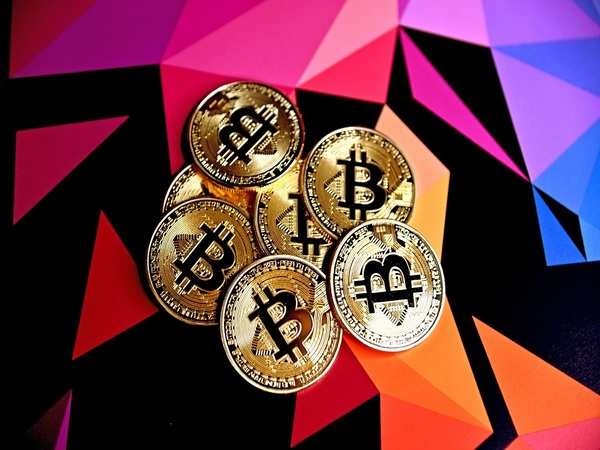Crypto, really. Part II non-fungible tokens
The world of cryptocurrencies continues to capture the imagination of investors and technology enthusiasts alike. While Bitcoin and altcoins dominate the headlines, another phenomenon has emerged and taken the digital world by storm - Non-Fungible Tokens (NFTs). NFTs have gained immense popularity as a new and unique form of digital asset. In this article, we delve deeper into the concept of NFTs, their significance, and their impact on various industries.
Defining Non-Fungible Tokens:
Unlike cryptocurrencies such as Bitcoin or Ethereum, which are fungible and can be exchanged on a one-to-one basis, NFTs are unique digital assets that represent ownership or proof of authenticity of a specific item or piece of content. NFTs are built on blockchain technology, typically using the Ethereum blockchain, which ensures transparency, security, and immutability.
The Value of Digital Ownership:
NFTs have introduced a groundbreaking concept in the digital realm - the ability to establish true ownership and scarcity in the digital space. Previously, digital assets could be replicated infinitely, leading to a lack of uniqueness and limited value. However, with NFTs, artists, musicians, and creators can tokenize their work, providing verifiable proof of ownership and enabling the sale of digital assets with inherent value.
Revolutionizing Art and Collectibles:
One of the most prominent applications of NFTs has been in the art world. Digital artists can now create unique pieces of art and sell them directly to collectors as NFTs. This has opened up new avenues for artists to monetize their work and establish direct relationships with their audience. Furthermore, NFTs have enabled the concept of fractional ownership, allowing multiple individuals to own a share of a valuable artwork or collectible.
From Memes to Music:
NFTs have expanded beyond traditional art forms and made their way into the realms of memes and music. Memes, which have become an integral part of internet culture, can now be minted as NFTs and bought or sold. This has provided a new revenue stream for meme creators and has sparked a global craze for buying digital images that carry cultural significance.
In the music industry, NFTs have revolutionized the way musicians distribute and monetize their work. Musicians can release limited edition songs, albums, or even concert tickets as NFTs, providing fans with exclusive access and unique collectibles. This has created a direct connection between artists and their fans, while offering new avenues for revenue generation in an industry where traditional models have struggled.
The Metaverse and Virtual Real Estate:
As the concept of the metaverse gains traction, NFTs are playing a pivotal role in shaping virtual landscapes. Virtual real estate, represented as NFTs, allows individuals and businesses to own and trade digital land within virtual worlds. These virtual environments provide immersive experiences and opportunities for creativity, social interaction, and even commerce. NFTs enable the development of virtual economies, where users can buy, sell, and trade virtual assets, opening up a whole new frontier for investment and entrepreneurship.
Challenges and Criticisms:
Despite the immense potential of NFTs, there are concerns and criticisms surrounding their environmental impact and market volatility. The energy consumption associated with blockchain transactions, particularly on proof-of-work blockchains like Ethereum, has raised concerns about the carbon footprint of NFTs. Additionally, the NFT market has witnessed significant price fluctuations, leading some to question the sustainability of the current hype.
Conclusion:
Non-Fungible Tokens have emerged as a groundbreaking innovation, revolutionizing the digital landscape by introducing true ownership, scarcity, and value to digital assets. From art and collectibles to memes, music, and virtual real estate, NFTs have reshaped
industries, allowing creators to monetize their work and engage with their audience in novel ways. While challenges persist, the potential of NFTs to transform various sectors and create new economic opportunities cannot be ignored. As technology continues to evolve, it will be fascinating to witness how NFTs continue to shape the digital future we inhabit.
Genrerating Link.... 30 seconds.
Your Link is Ready.

0 Response to "Crypto, really. Part II non-fungible tokens"
Post a Comment